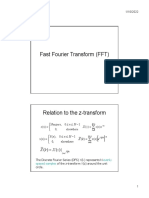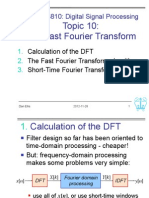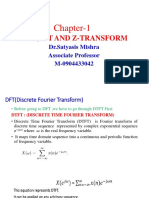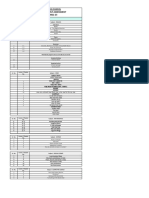0% found this document useful (0 votes)
85 views24 pagesECT303 - Module 2 - Part - 1
Uploaded by
np9i64miCopyright
© © All Rights Reserved
We take content rights seriously. If you suspect this is your content, claim it here.
Available Formats
Download as PDF, TXT or read online on Scribd
0% found this document useful (0 votes)
85 views24 pagesECT303 - Module 2 - Part - 1
Uploaded by
np9i64miCopyright
© © All Rights Reserved
We take content rights seriously. If you suspect this is your content, claim it here.
Available Formats
Download as PDF, TXT or read online on Scribd
/ 24





















































































